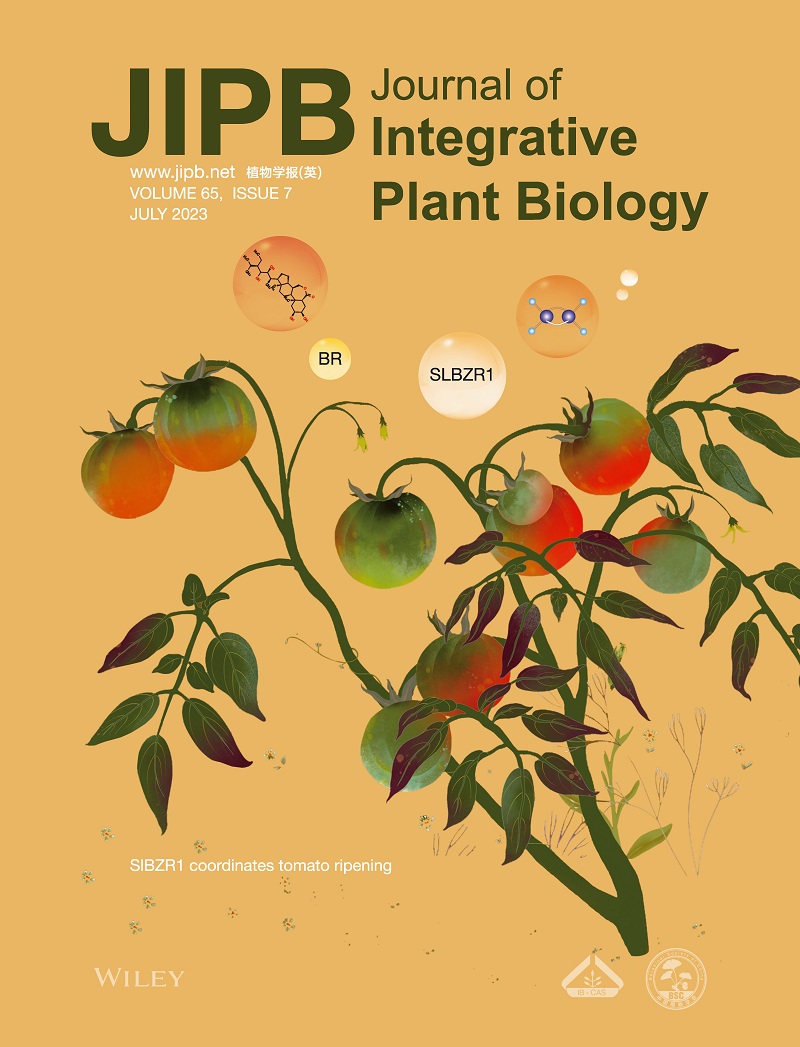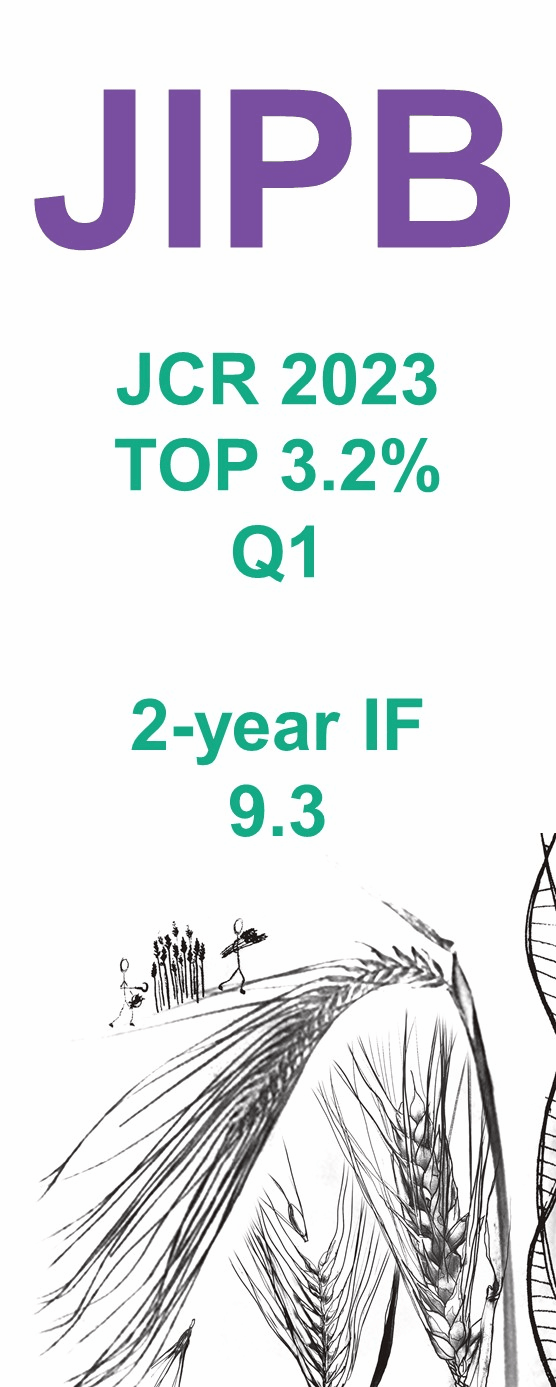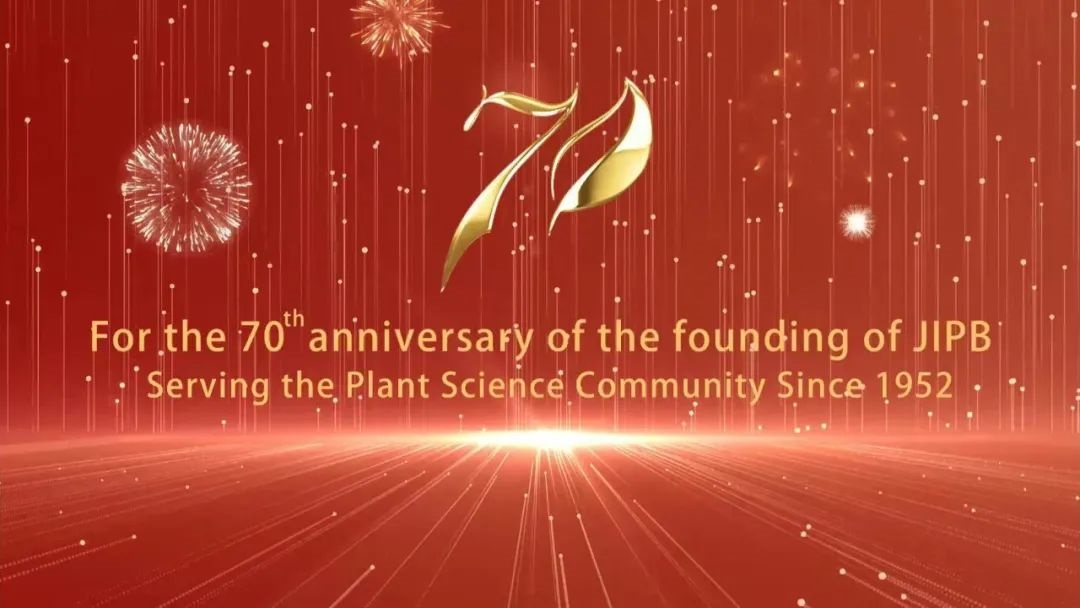Select
Author: Xianlian Chen, Cheng Liu, Pengfei Guo, Xiaoshuai Hao, Yongpeng Pan, Kai Zhang, Wusheng Liu, Lizhi Zhao, Wei Luo, Jianbo He, Yanzhu Su, Ting Jin, Fenfen Jiang, Si Wang, Fangdong Liu, Rongzhou Xie, Changgen Zhen, Wei Han, Guangnan Xing, Wubin Wang, Shancen Zhao, Yan Li and Junyi Gai
J Integr Plant Biol 2023, 65 (7): 1734-1752.
Published Online:
Although seed weight has increased following domestication from wild soybean (Glycine soja ) to cultivated soybean (Glycine max ), the genetic basis underlying this change is unclear. Using mapping populations derived from chromosome segment substitution lines of wild soybean, we identified SW16.1 as the causative gene underlying a major quantitative trait locus controlling seed weight. SW16.1 encodes a nucleus-localized LIM domain-containing protein. Importantly, the GsSW16.1 allele from wild soybean accession N24852 had a negative effect on seed weight, whereas the GmSW16.1 allele from cultivar NN1138-2 had a positive effect. Gene expression network analysis, reverse-transcription quantitative polymerase chain reaction, and promoter-luciferase reporter transient expression assays suggested that SW16.1 regulates the transcription of MT4 , a positive regulator of seed weight. The natural variations in SW16.1 and other known seed weight genes were analyzed in soybean germplasm. The SW16.1 polymorphism was associated with seed weight in 247 soybean accessions, showing much higher frequency of positive-effect alleles in cultivated soybean than in wild soybean. Interestingly, gene allele matrix analysis of the known seed weight genes revealed that G. max has lost 38.5% of the G. soja alleles and that most of the lost alleles had negative effects on seed weight. Our results suggest that eliminating negative alleles from G. soja led to a higher frequency of positive alleles and changed genetic backgrounds in G. max , which contributed to larger seeds in cultivated soybean after domestication from wild soybean. Our findings provide new insights regarding soybean domestication and should assist current soybean breeding programs.




 Scan the QR code to view JIPB on WeChat
Scan the QR code to view JIPB on WeChat













